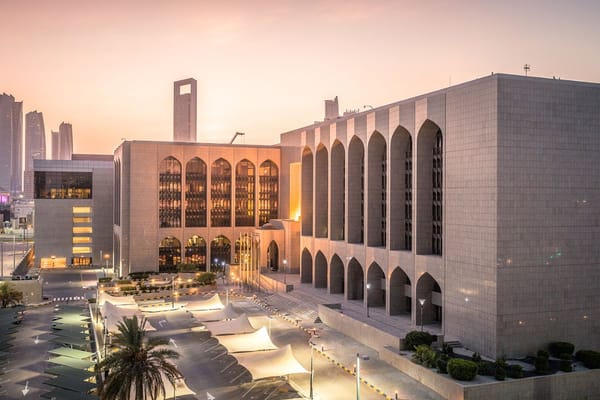The World Bank has projected a 3.4% growth in the real Gross Domestic Product (GDP) of the UAE by the year 2023, with expectations of further increase to 3.7% in 2024.
According to the recently published World Bank Gulf Economic Update (GEU) report, the Bank anticipated the UAE's non-oil GDP growth to reach 4.5% in 2023, driven by strong performances in the tourism, real estate, construction, transportation, and manufacturing sectors, along with increased capital expenditure. Meanwhile, the oil GDP is expected to grow by 0.7% in 2023, rising to 3.6% in 2024.
The World Bank anticipated increase in the UAE's current account balance to 12.4% in 2023 and 11.8% in 2024. The UAE is expected to achieve a surplus in the fiscal balance by 5.2% in 2023 and 4.6% in 2024.
According to the report, the Gulf Cooperation Council (GCC) region is estimated to grow by 1% in 2023 before picking up again to 3.6 and 3.7% in 2024 and 2025, respectively. This growth compensated for by the non-oil sectors, which are expected to grow by 3.9% in 2023 and 3.4% in the medium term supported by sustained private consumption, strategic fixed investments, and accommodative fiscal policy.
Khaled Alhmoud, Senior Economist at the World Bank, said that the diversification and the development of non-oil sectors has a positive impact on the creation of employment opportunities across sectors and geographic regions within the GCC.
“GCC countries have witnessed a remarkable increase in female labour force participation,”
said Johannes Koettl, Senior Economist at the World Bank.
“Saudi Arabia’s achievements in advancing women’s economic empowerment in just a few years is impressive and offers lessons for the MENA region and the world.”
According to the report, the Saudi private sector workforce has grown steadily, reaching 2.6 million in early 2023. Additionally, the labour force participation of Saudi women more than doubled in a span of six years, from 17.4% in early 2017 to 36% in the first quarter of 2023.
News Source: Emirates News Agency









